If you're ready to lace up those sneakers and hit the ground running, whether it's for general health, weight loss, or to reduce stress [1]expert advice on all things running [2]. Pretty soon, you'll be calling yourself a runner!
Get the Right Gear
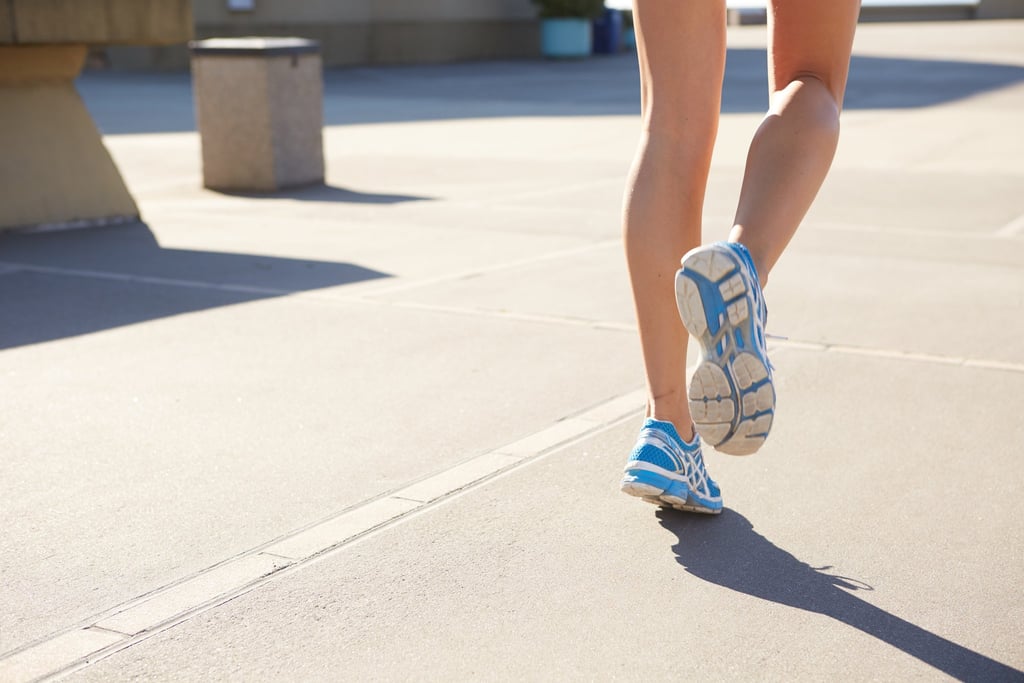
You don't need much gear to run, but the gear that you do need should be high quality. Get fitted for sneakers [3] that support your feet and running style, and buy supportive sports bras, shirts, bottoms, and socks made of high-performance wicking material [4] to help prevent blisters. If you're building up to longer distances or running in extreme heat, a comfortable hydration pack is key.
Pay Attention to Your Form

Running is all about putting one foot in front of the other. Sounds easy enough, right? But if your running form is off, then you'll likely end up with aches, strains, and injuries that could keep you from lacing up your sneakers at all. Here's a checklist to ensure your form is perfect [5], from your head to your arms (keep them relaxed! [6]) and feet.
Start Off Easy

Running a half-marathon may be your goal, but in order to build strength and endurance without injury, you've got to start off easy. Run a few times a week, starting with low mileage, and walking if you need to. Gradually build up to running more, following the 10 percent rule [7] which states: never increase your weekly mileage by more than 10 percent of the previous week. For example, if you're running 10 miles per week, the following week, run 11 miles. Slow and steady wins the race, or rather, keeps your in the race!
Set a Goal

Having a goal will inspire you to hit the pavement on days you're not feeling like it. Maybe you want to run 15 miles in one week. Maybe you want to improve your mile time or get under 30 minutes for a 5K [8]. Or, find a beginner-friendly race that'll keep you accountable and help you chart your progress.
Warm Up Before a Run (Don't Stretch!)
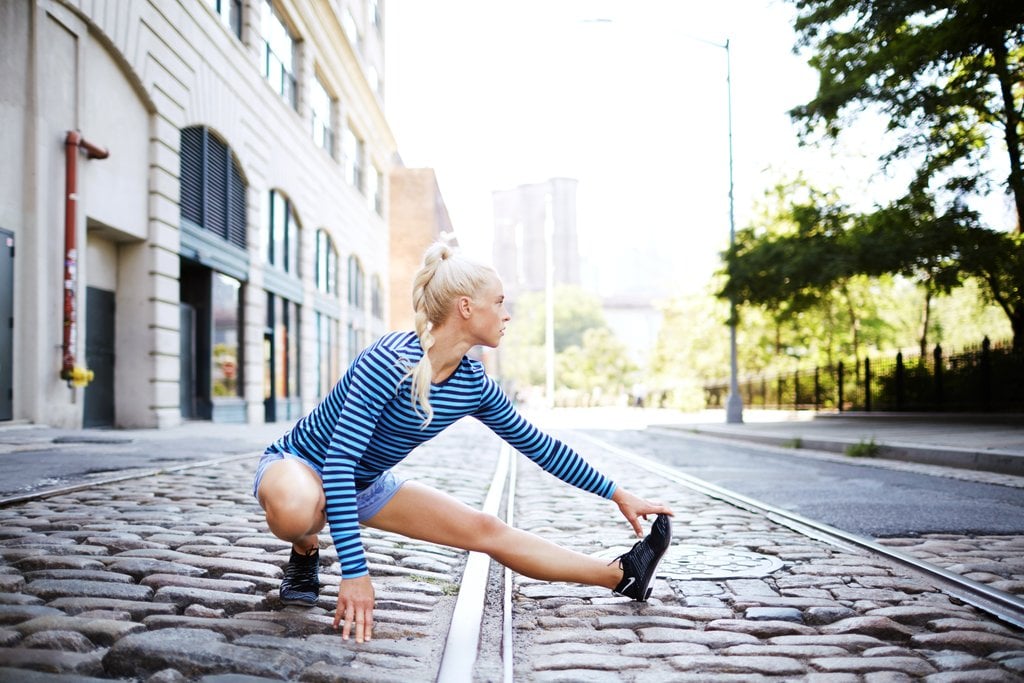
When asked if static stretching (holding moves for more than 10 seconds) should ever be done before a run, Jeff Brannigan, director of programming at Stretch*d in New York City [9], replied, "Please don't!" According to Jeff, "Static positions can be very forceful and are more likely to result in an overstretched muscle."
To warm up before a run or any form of exercise, Jeff recommended dynamic stretching [10] (short repetitions of movements). A few examples of dynamic stretching are: plank walkouts [11], butt kicks [12], high-knees [13], and hamstring toe touches [14].
Cool Down
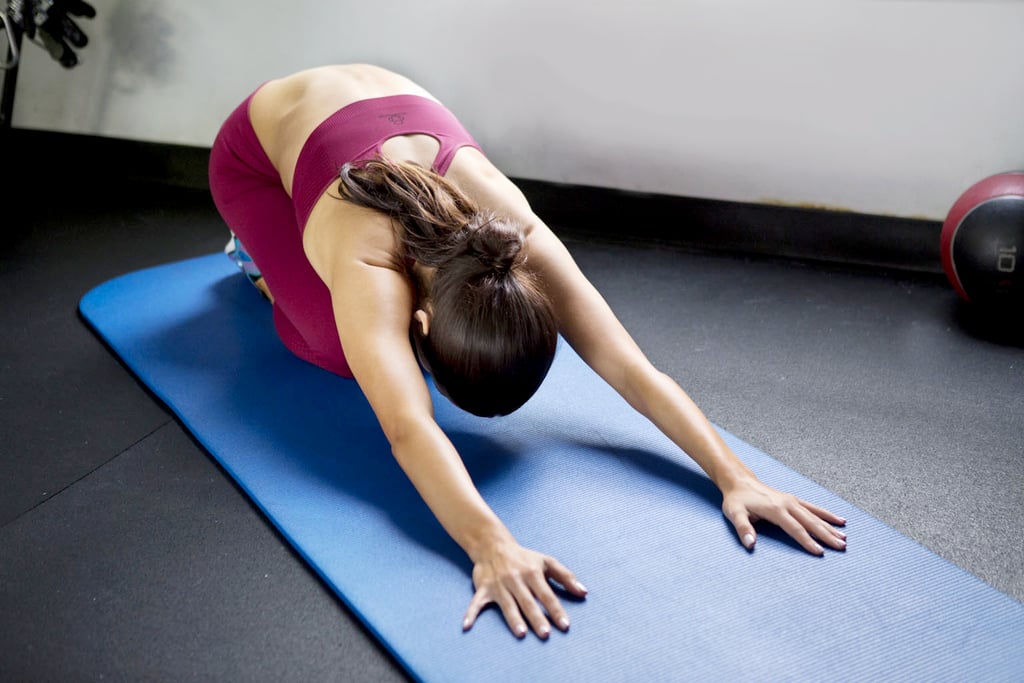
Don't go from a high-intensity sprint to sitting down in the locker room. A good, slow jog and stretch after you've worked your muscles will increase flexibility and prevent tightness that can lead to injury. Leave a few minutes for stretching (try this post-cardio cooldown [15]) after every run.
Hydrate Properly

Drinking water before, during, and after your run is essential to prevent cramps, headaches, and dehydration. Drinking enough water before a run can help you — ahem — get your sh*t together and prevents stomach pains [16] during your run. Be mindful that you may not need water during your run if it's an hour or less [17] — unless it's stupidly hot out and you're sweating a ton, then you may want to opt for a sports drink instead of plain water to replenish electrolytes. Once you're done with your run, make sure you rehydrate and continue drinking water throughout the day.
Make It a Habit

Find a sustainable weekly running schedule to follow. Choosing the same time and same days of can help your body to adjust more quickly to your new routine. Getting started is the hardest part, but if you stick with it and make it a habit, it'll be easier to lace up your sneaks on the days you don't feel like it. And coordinate with a gym buddy, some neighbours, or a local running group to keep you running on the regular.
Mix Up Your Runs

You have your routine. You hop on your favourite treadmill by the window, cue your favourite playlist, podcast, or show, and do your same basic run. If it is familiar to your, it's familiar to your muscles, so you'll likely hit a plateau. The remedy? Mix things up [18]! Aim to do a different treadmill workout [19] every time you hop on the machine by mixing up the speed, adjusting the incline, and changing the duration of your runs. And every once in a while, use the elliptical or run outside [20]! And if you run outside, change your route up.
Do Intervals

Even if you're just starting out, incorporating speed intervals into your runs offers serious benefits. This could mean walking for two minutes and jogging for 30 seconds. Gradually increase your pace and the duration of your intervals, which is also proven to help decrease belly fat [21], as well as increase your overall running speed. Try this 30-minute interval workout [22] on the treadmill.
Have a Plan
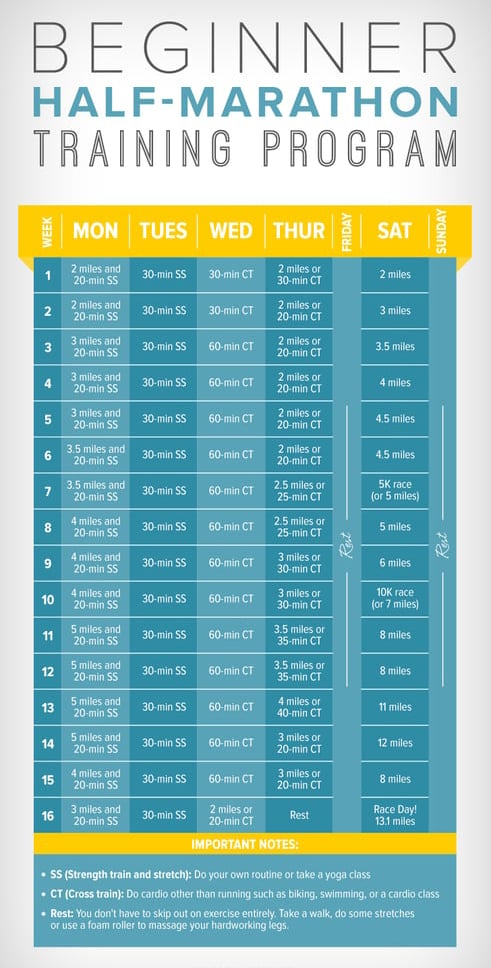
No need to go at this running thing on your own! Follow a training plan to keep you on track and help you safely build up to your goal. Here are a few plans to choose from:
- 8-week plan to go from walking to running [23]
- 16-week beginner half-marathon training schedule [24]
- 6-week 5K training schedule [25]
- 8-week 10K training schedule [26]
- 18-week beginner marathon training schedule [27]
Don't Just Run!

If you only run, you'll risk boredom, and worse, an overuse injury. It's OK if you love running four or five times a week, but add other types of workouts to your routine. Cross-train with cycling, boxing, group fitness classes, CrossFit [28], Pilates, swimming, Zumba, or martial arts.
Don't Fear Hills!

Pumping up the incline whether on your treadmill or by tackling small hills will target your lower body more (hello booty!). This not only creates calorie-burning muscle mass in your butt and thighs, but it'll also help you burn more calories during your workout. Adding incline will also make hills feel easier for future workouts. Here's a "get a better butt" treadmill incline workout [29] to try.
Foam-Roll For Recovry

Keep muscles flexible with a regular stretching and foam-rolling routine. These foam-rolling exercises [30] will help loosen painful knots for all those times when a relaxing, expensive massage isn't in your schedule. Regular foam rolling can help keep overuse injuries at bay, too.
Do Some Yoga
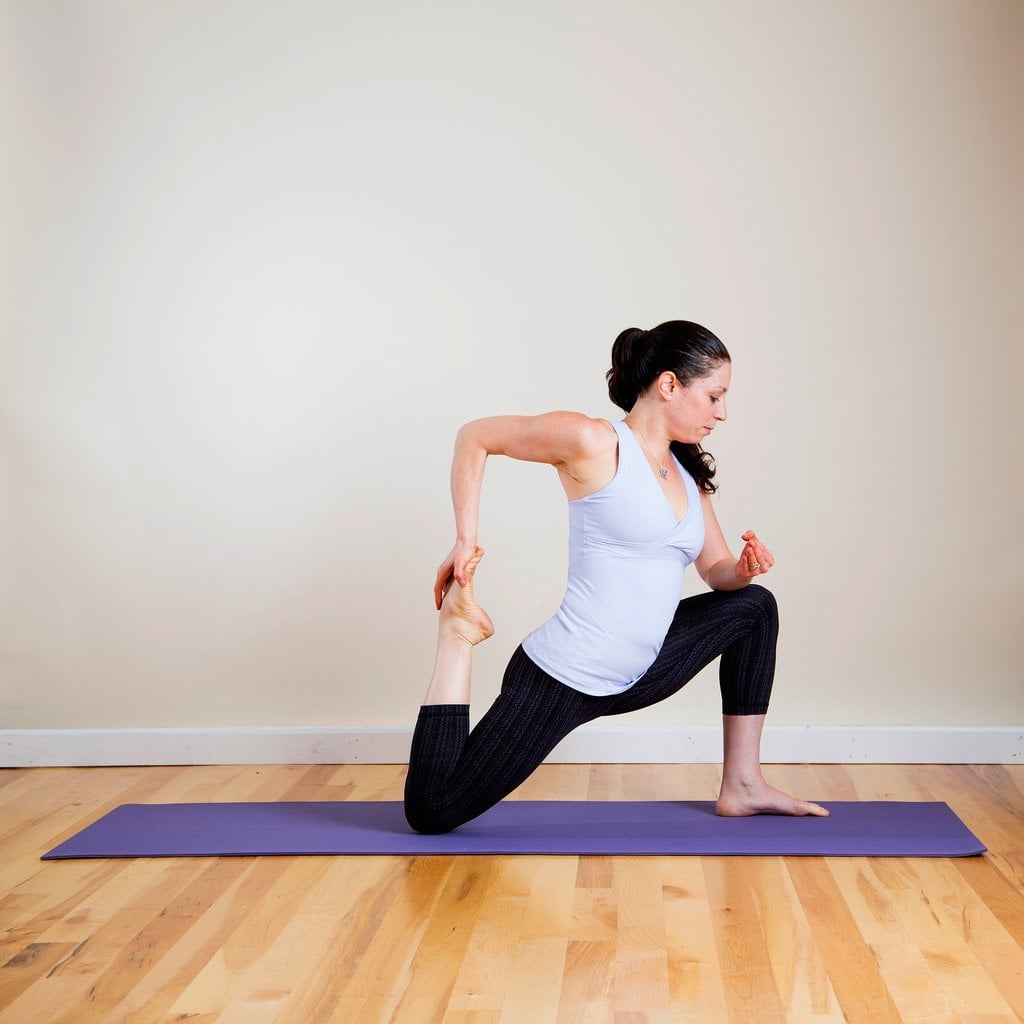
Yoga is an amazing complement to any type of workout, but with runners' painfully tight hips and hamstrings, yoga is essential. Do these post-run yoga stretches [31] or hit up weekly yoga classes to stay limber. Think of it as stretchy cross training.
Get Inspired

Running isn't exactly the most entertaining way to spend your time, so use your headphones to keep you motivated [32]. Make a new heart-pumping playlist, download an exciting audio book that you only listen to when running, catch up on Netflix, or listen to an inspiring podcast. The time will just fly by!
There's an App For That

Downloading a running app [33] is great motivation! It's cool to be able to see your pace and distance with a quick glance at the screen, and keep track of your weekly mileage and personal records [34]. You can set goals and check back on your progress to see how far you've come.
Go Ahead and Rest

With all the running and cross-training [35] in your week, it's important to realise that rest days are key as well. Stay consistent with your new routine, but don't forget that sometimes, the best thing for your body is doing nothing at all. Keep in mind that resting can mean going for a walk or doing yoga, so you don't have to be completely inactive.
Fuel Yourself Properly

Running can increase your appetite, so make sure you're fueling properly. No need to down a 500-calorie smoothie after your run if you've only run for 30 minutes (which burns about 300 calories). A small snack of carbs and protein, like three of these vegan protein balls [36], is perfect. Keep in mind that although you're running regularly, it doesn't give you the liberty to eat as much as you want or to eat junk, because you'll just end up gaining weight [37] and undo all the good your running is doing.
Add Strength Training
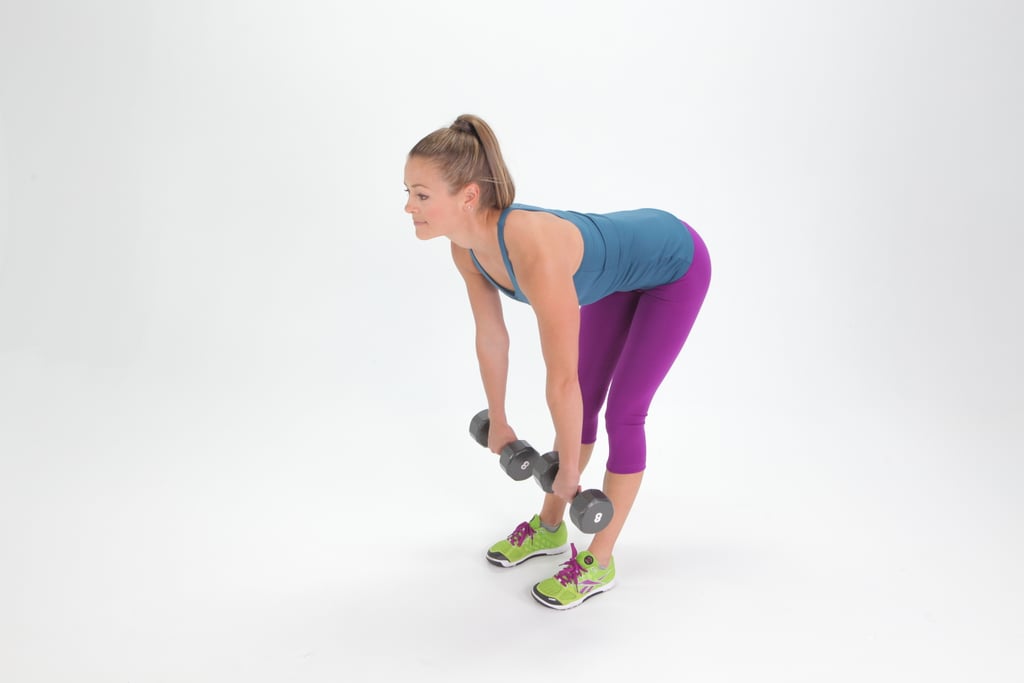
It's important to include strength-training moves to build muscle to make you stronger, to increase your speed, and to prevent injury. Michael Olzinski, Purple Patch endurance coach, Equinox run coach, and ultramarathoner, said some of the best strength-training moves for runners [38] are deadlifts, single leg squats, hollow holds [39], and lunges. Even just five minutes of simple moves like this outdoor bench workout [40] will help you see results in just a few weeks.